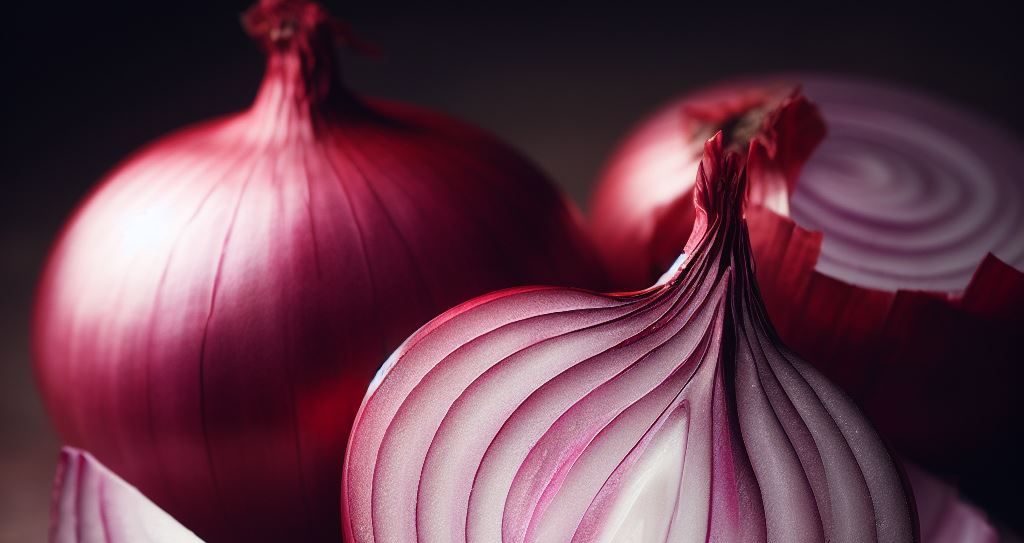During the Portuguese rule in India, the Portuguese Inquisition in Goa was a significant event. The Portuguese had a strong presence in India during this time, often referred to as Portuguese India. The Portuguese Inquisition in Goa was a period marked by religious persecution and suppression of non-Catholics in the region. It was a dark chapter in history, where many people faced torture and death for their beliefs. The Portuguese rule in India and the Portuguese Inquisition in Goa left a lasting impact on the region’s cultural and religious landscape.
Category: Did You Know
Information about things we know but has more than the usual – we don’t usually hear about these
Categories
Trade ages ago
Trade with Ancient Rome There is evidence that the Romans had trade relations with India as early as the 1st century BCE, as documented in the writings of the Roman historian Pliny the Elder. Pepper and ginger grow wild in their country, yet here we buy them by weight, using so much gold and silver! […]
Categories
The Curry Story!
Summary This post provides a quick peek into the history and cultural significance of curry, highlighting its diverse and enduring appeal as a cuisine that has captured the imagination of people all over the world. What is Curry? The word curry has become popular around the world and is now widely used to refer to […]
